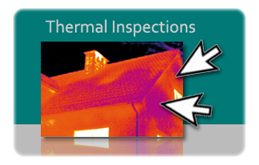Roofing Terminology
|
Glossary of Roofing Terms
A B C D E F G H I J K L M N O P Q R S T U V W X Y Z A
B
C
D
E
F
G
H
I
J
K
L
M
N
O
P
QTop R
S
T
U
V
W
|
|
Glossary of Roofing Terms
A B C D E F G H I J K L M N O P Q R S T U V W X Y Z A
B
C
D
E
F
G
H
I
J
K
L
M
N
O
P
QTop R
S
T
U
V
W
|

S&S Roofing & Contracting
Box 492-403
Lawrenceville, GA 30049
770.595.1513 Office
770.995.1959 Fax
info@ssroofpros.com